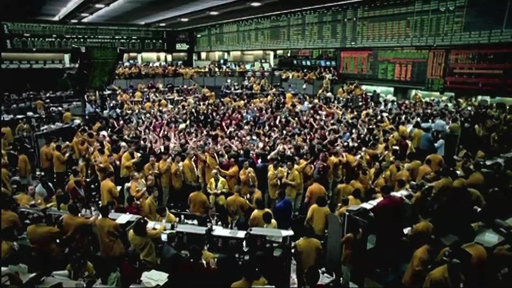6.4.1 Herd behaviour
What is herd behaviour? David Gross a historian of financial bubbles, offers an explanation in the following video.

Transcript
Herd behaviour is a further example of group decision-making biases.
Herd behaviour is probably most closely associated with financial ‘bubbles’ and ‘busts’. These are situations where the price of an asset rises suddenly and substantially to levels beyond their apparent intrinsic value (the ‘bubble’) only to collapse (‘burst’) when investors retreat. Herd behaviour describes how individuals can quickly act as a group, sharing common beliefs and goals. Herd behaviour can often be triggered by a release of information that propels individuals towards a common – group – course of action.
Good examples of herd behaviour include the ‘South Sea bubble’ in the eighteenth century through to the ‘dot com’ bubble at the turn of the twenty-first century. In retrospect, these demonstrated collective behaviour based on very limited financial justification. In these situations, investors are really following a course of action because everybody else is.
Herd behaviour can heavily influence investment decision-making. When investors justify actions on the basis that ‘if everybody else is doing it, it must be right’, then herd behaviour has become the primary motivation for decisions. This can cause major challenges to effective investment management as investors are required to challenge and question the consensus view.
Can you think of any examples where you may have seen contagion or herd behaviour as the reason for a certain event happening?

